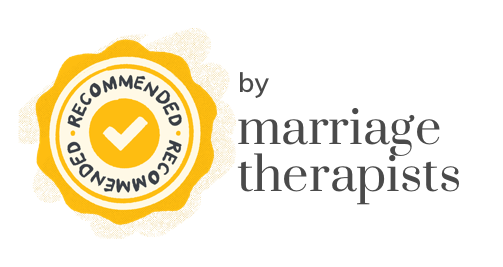
How To Practice Self-Regulation For A Better You
Again and again, research shows that learning (and practicing) self-regulation skills result in emotional well-being - and a better defense against life's dramatic ups and downs.
Here are some techniques you can use to help you self-regulate when you're feeling triggered, over-stimulated, or overwhelmed:
Bilateral Stimulation Bilateral stimulation is often used in EFT and EMDR therapies and means, literally, alternating stimulation to both sides of your body. This helps achieve sensory regulation, inhibit the body's stress response, and calm the mind. Technique #1: Butterfly Taps Step 1. Cross your arms (like a mummy) Step 2. Tap your hands on opposite arms one at a time Step 3. Regulate your breathing
Technique #2: Grounding Exercise Step 1. Sit in a chair with both feet on the floor Step 2. Close your eyes Step 3. Ask yourself: "Can you feel your feet on the floor?" "Can you feel your body in the seat?" Step 4. Open the eyes when you feel grounded
Cognitive Reappraisal Cognitive reappraisal is a strategy that involves changing your thought patterns. That means reinterpreting a situation in order to change your emotional response to it. Example: Imagine your partner hasn't responded to your texts or calls in several hours. Your initial response might be: "They're mad at me" or "What did I do wrong?" But by practicing cognitive reappraisal, you can look at the same situation in a different light and think: "Wow, they must be really busy right now."
Mindfulness Practice Jon Kabat-Zinn, founder of Mindfulness-Based Stress Reduction (MBSR), says mindfulness is "the awareness that arises from paying attention, on purpose, in the present moment and non-judgementally." Technique #1: Body Scan Step 1. Lie on your back Step 2. Move your awareness through your body, focusing on one area at a time. Start at your toes, then your feet, then your ankles, and work your way up to your head Step 3. Stop whenever you encounter an area that feels sore, tight, or painful and focus your breath on it until it relaxes
Technique #2: Object Meditation Step 1. Hold an object that is interesting or special to you Step 2. Focus all of your senses on it and note the information you take in: how it feels, how it looks, etc.
Technique #3: Worry Surfing Step 1. Visualize your thoughts and feelings as waves in the ocean Step 2. Be aware of the warning signs that a negative emotion is coming at you like anger, anxiety, or fear Step 3. Imagine it is mounting in a large wave, crest, and then break Step 4. Imagine riding the wave as it passes, and let the negative emotion go with it Step 5. Congratulate yourself for letting it go and remember to "ride the wave" the next time you feel yourself prone to anxiety or worry
Although there are hundreds, if not thousands, of mindfulness techniques and self-regulation exercises out there, these should give you a great head start. They might seem awkward at first, or you may have trouble remembering to do them, but after a few weeks of consistent practice your body may begin kick into self-regulation high gear before your mind catches up. Great job!









